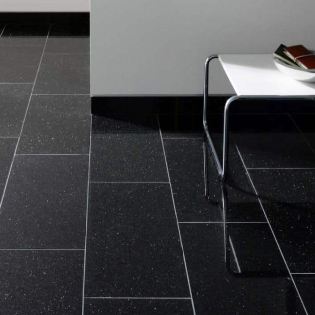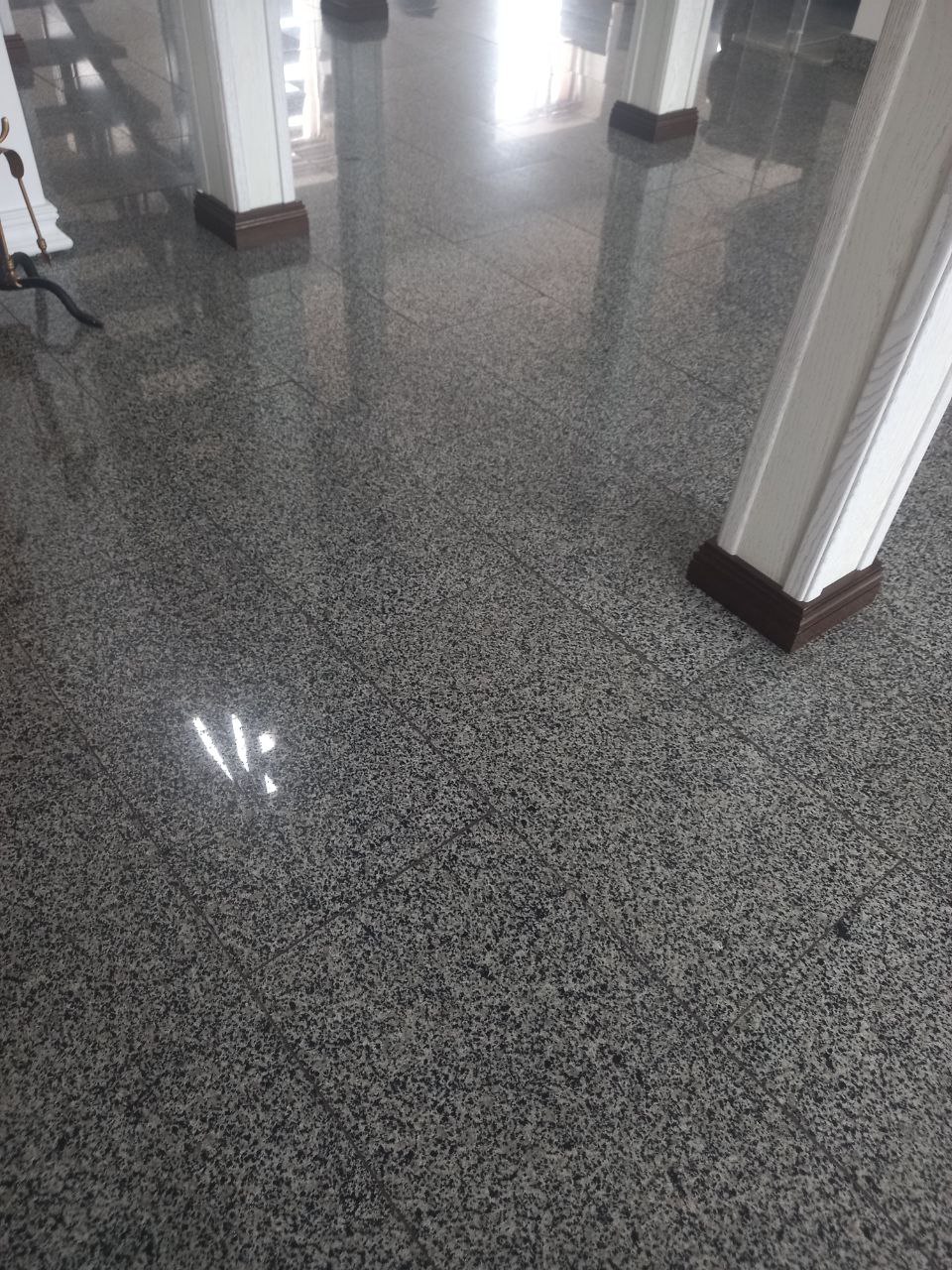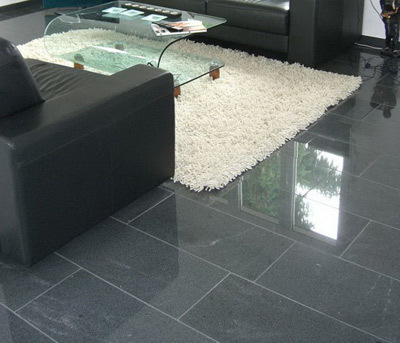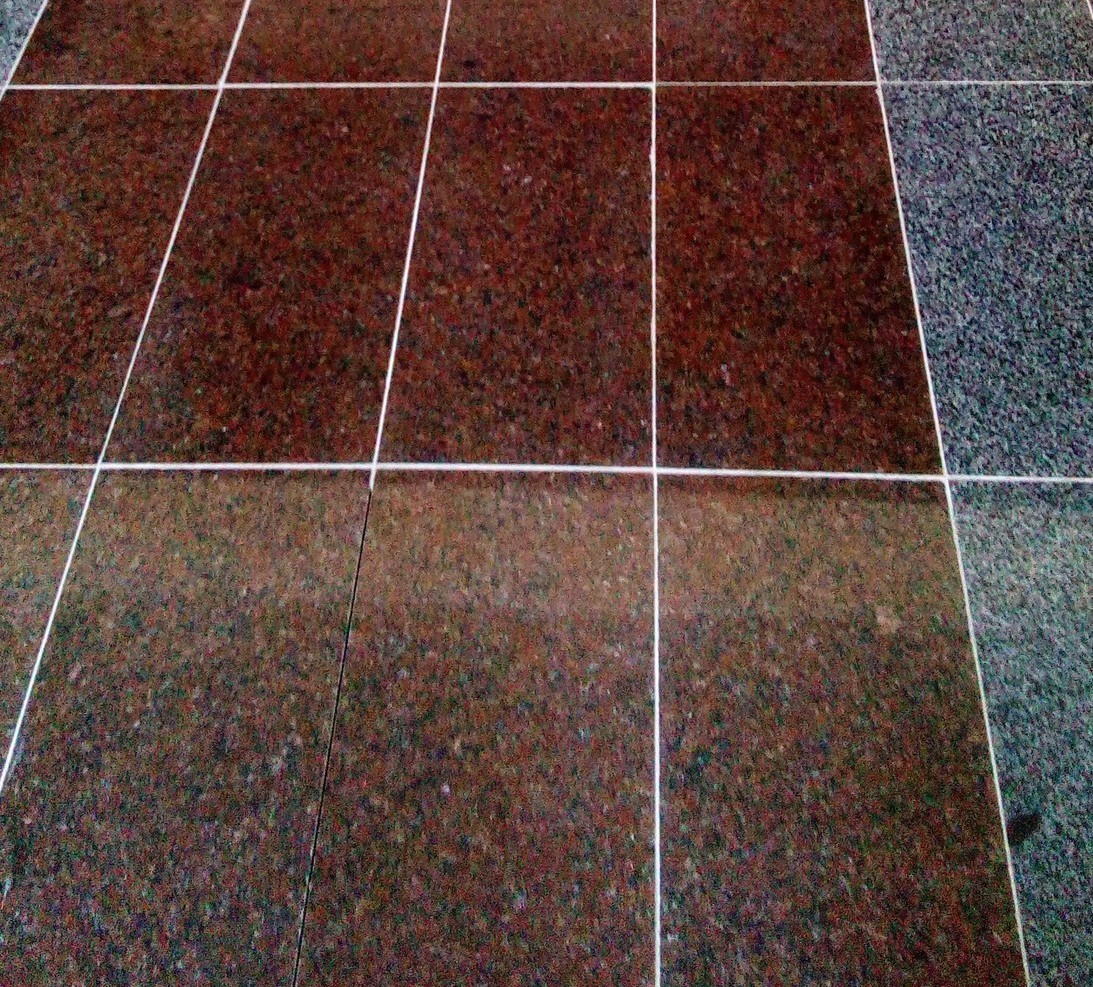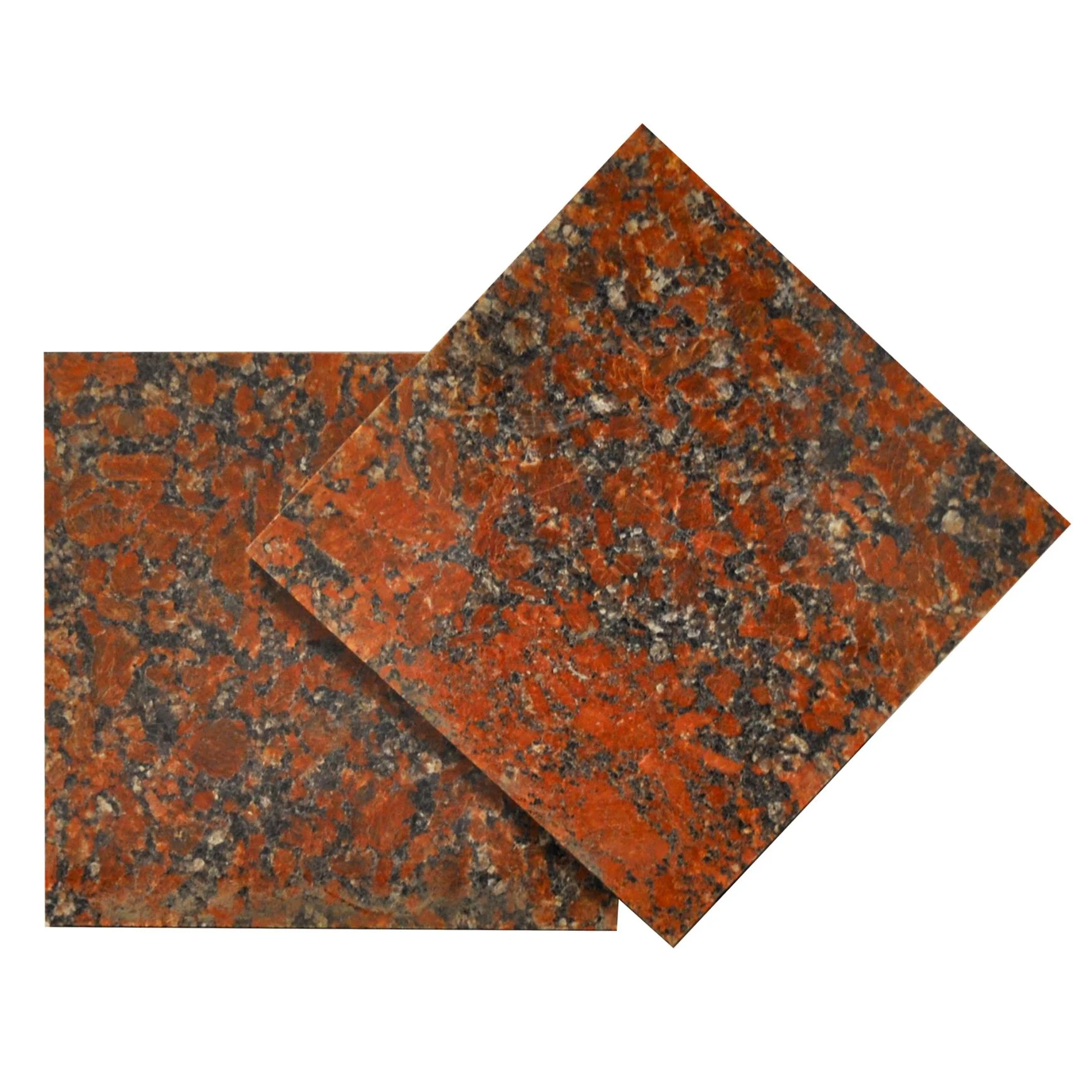Granite tiles for cladding are slabs of stone of small thickness, often of defined and standard sizes, designed for laying on floors, walls, building facades, steps and other concrete and metal structure
Types of granite facing tiles
There are two types of granite tiles: modular and non-standard.
Modular granite tiles are cut to certain standard sizes and have a square or rectangular shape.
Dimensions of modular tiles:
- 30x30x2 or 30x30x3 cm
- 30x40x2 or 30x40x3 cm
- 30x60x2 or 30x60x3 cm
- 60x60x2 or 60x60x3 cm.
Small tile sizes are used in small areas or where you need to show seams for appearance, as the smaller the tile sizes, the more seams there will be in the tiled area.
Large sizes are used over large areas.
Non-standard granite tiles can have different sizes that differ from modular ones, as well as different shapes – rounded, radial, etc.
Surface textures of granite tiles
- polished – the most popular type of granite processing in our time, which is given a mirror-like appearance and shine; however, it is better to use polished floor tiles indoors, since in rainy and snowy weather they are very slippery and traumatic; if polished slabs are still used “underfoot”, then it is customary to make longitudinal anti-slip strips on it.
- thermal (heat-treated) – treatment of the tile surface with fire using a special “burner” tool; this provides a rougher surface and better color saturation of the stone deposit compared to an untreated surface.
- hewn – untreated in appearance, but smoothly polished surface; has an average degree of slip and an inexpressive color shade
- rock – a tile that has a chipped, untreated surface on one side; used on fences, when cladding walls and facades of private houses and cottages, to show the naturalness and relief of the stone.
In terms of technological aspects, there are also production ratios for the dimensions of the thickness and length of the window sill. The fact is that the smaller the thickness of the slab, the shorter its length should be.
For example, if the thickness of the window sill is 2 cm, it is undesirable for its length to exceed 120 cm, since such a granite slab is at risk of cracking and bursting even during transportation. Conversely, a slab on a granite window sill, which has a good thickness (4-5 cm), can be up to 250 cm long.
Today, the standard window sill thickness is 3 cm – optimal in terms of reliability and weight.
The window sill profile is a processing of the end edge – a figured chamfer. It comes in different shapes and sizes
Figured chamfers on granite occupy from 20 to 40 mm of the width of the stone product.
Stone window sills are packed in packs on pallets and exported to neighboring countries and Europe
